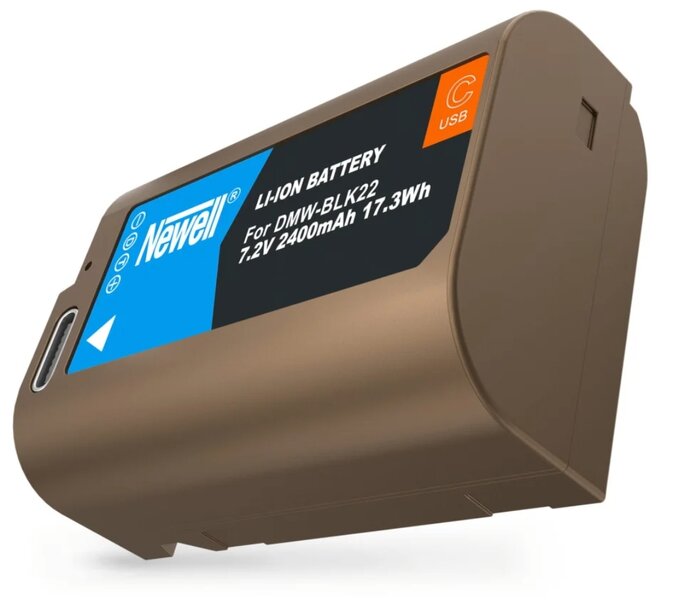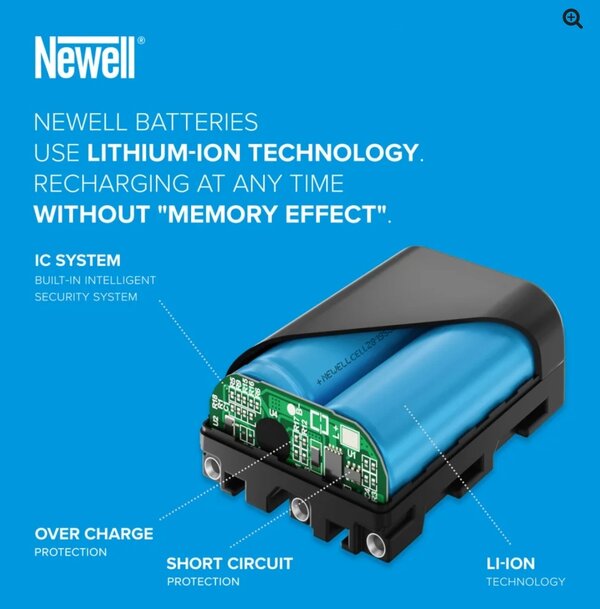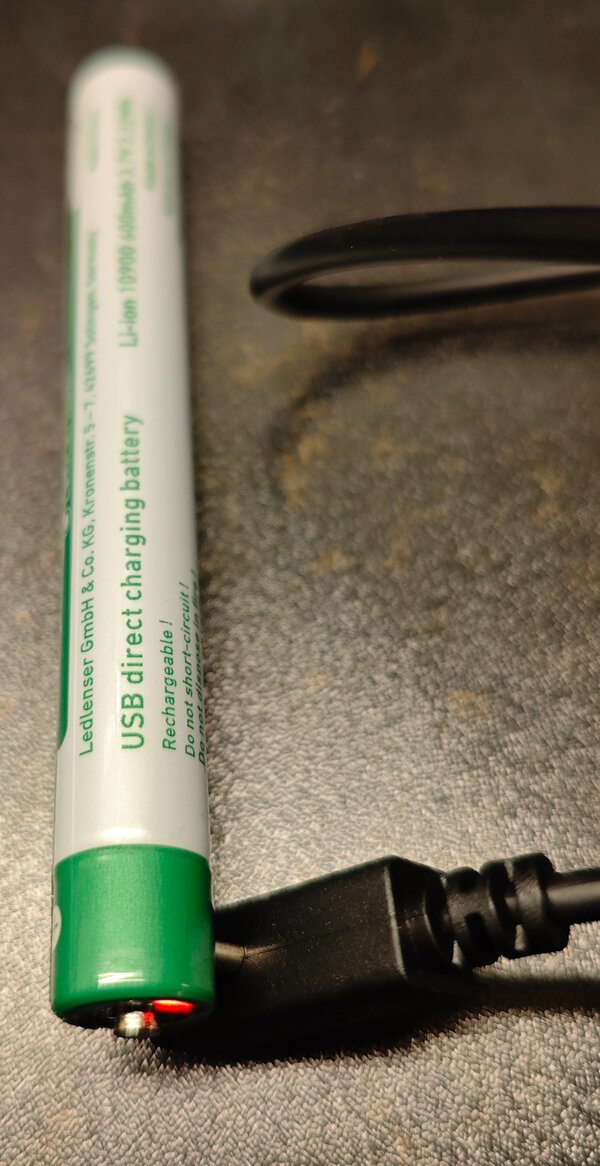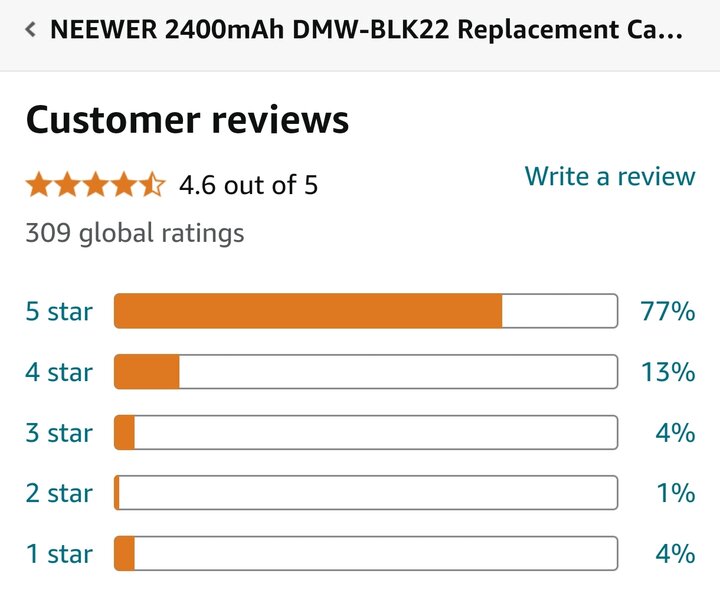With the Lumix cameras not being supplied with chargers (which is a good thing) and realising I need more than one battery I discovered this...
https://newell.pro/product/newell-dmw-blk22-usb-c-battery-for-panasonic/
The money Panasonic try and charge (excuse the pun ) for their charger makes Apple look like a charity. This battery includes the simple charging electronics and chip. Yes you can buy 3rd party chargers but I like minimalism AND...
) for their charger makes Apple look like a charity. This battery includes the simple charging electronics and chip. Yes you can buy 3rd party chargers but I like minimalism AND...
With these you get USB-C which is now really universal so you should never be stuck anywhere.
PS Did you know there are 2x standard cells in these and not some specialist proprietary hocus pocus nonsense that brands charge extortionate prices for?
I don't buy the must use brand batteries propaganda, you can buy better 3rd party that are cheaper. I've seen threads about faulty new Lumix batteries with them causing operational problems and discharging over a short time period.
I have a LED Lenser torch with a USB battery and it's the handiest thing in the world not needing a charger.
https://newell.pro/product/newell-dmw-blk22-usb-c-battery-for-panasonic/
The money Panasonic try and charge (excuse the pun
With these you get USB-C which is now really universal so you should never be stuck anywhere.
PS Did you know there are 2x standard cells in these and not some specialist proprietary hocus pocus nonsense that brands charge extortionate prices for?
I don't buy the must use brand batteries propaganda, you can buy better 3rd party that are cheaper. I've seen threads about faulty new Lumix batteries with them causing operational problems and discharging over a short time period.
I have a LED Lenser torch with a USB battery and it's the handiest thing in the world not needing a charger.
Last edited:






